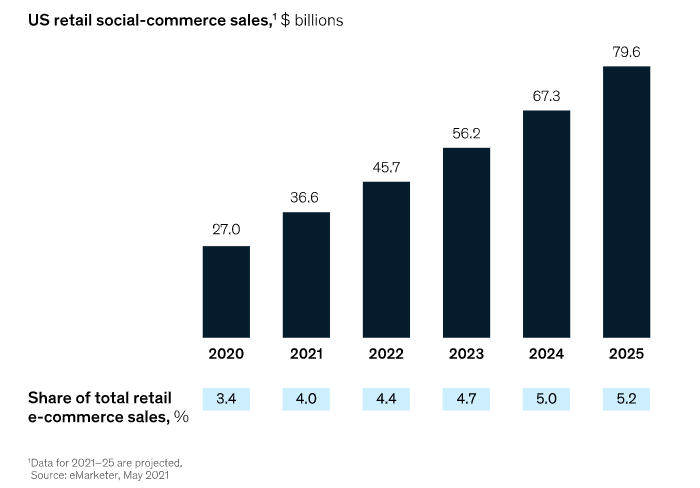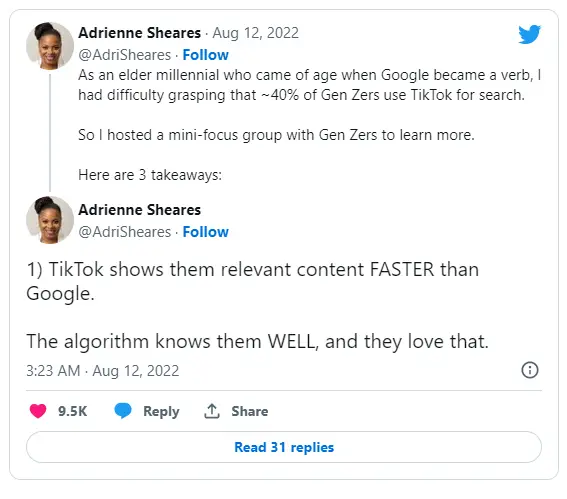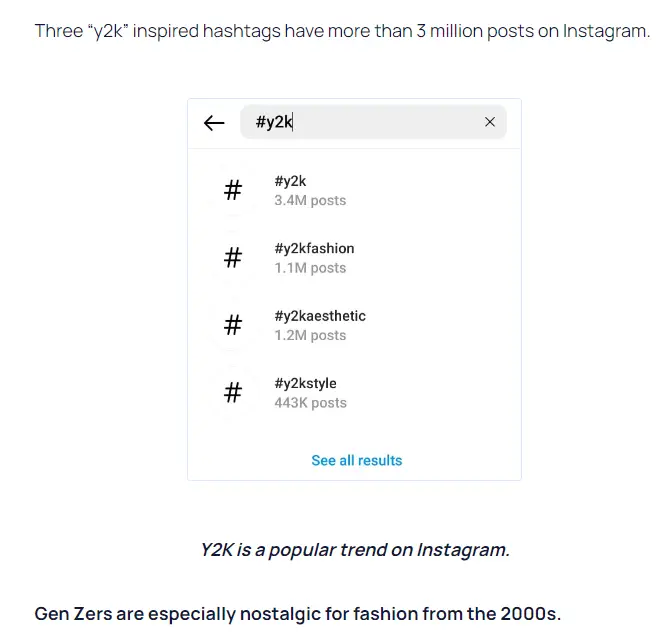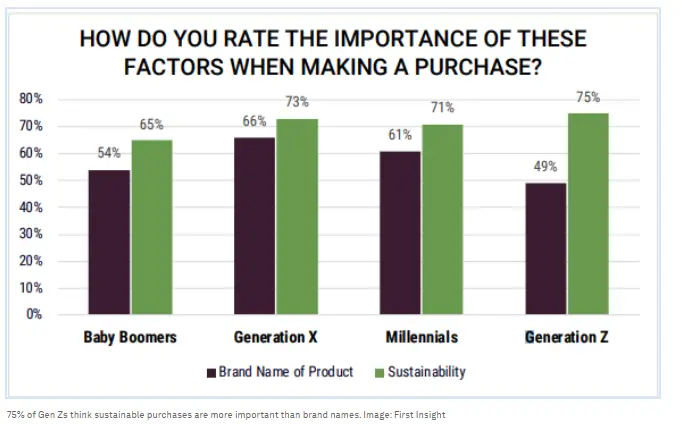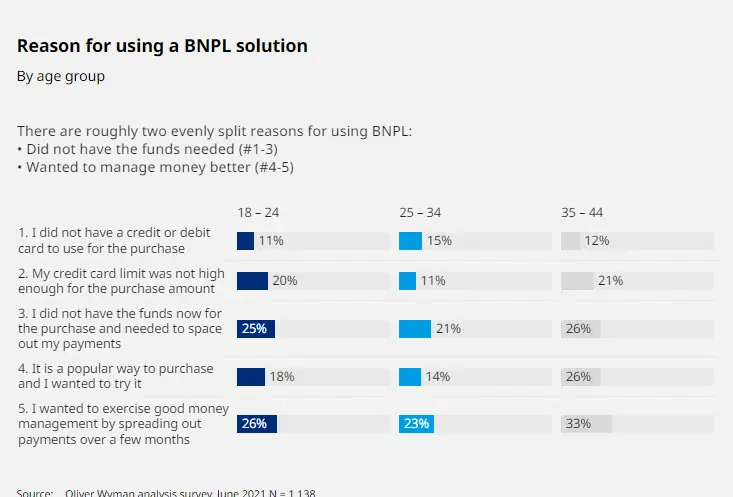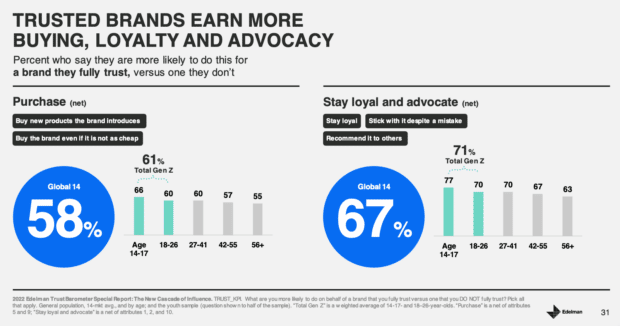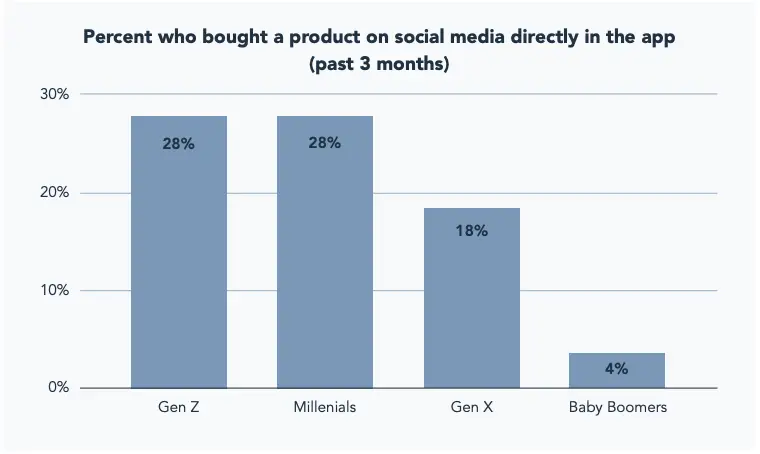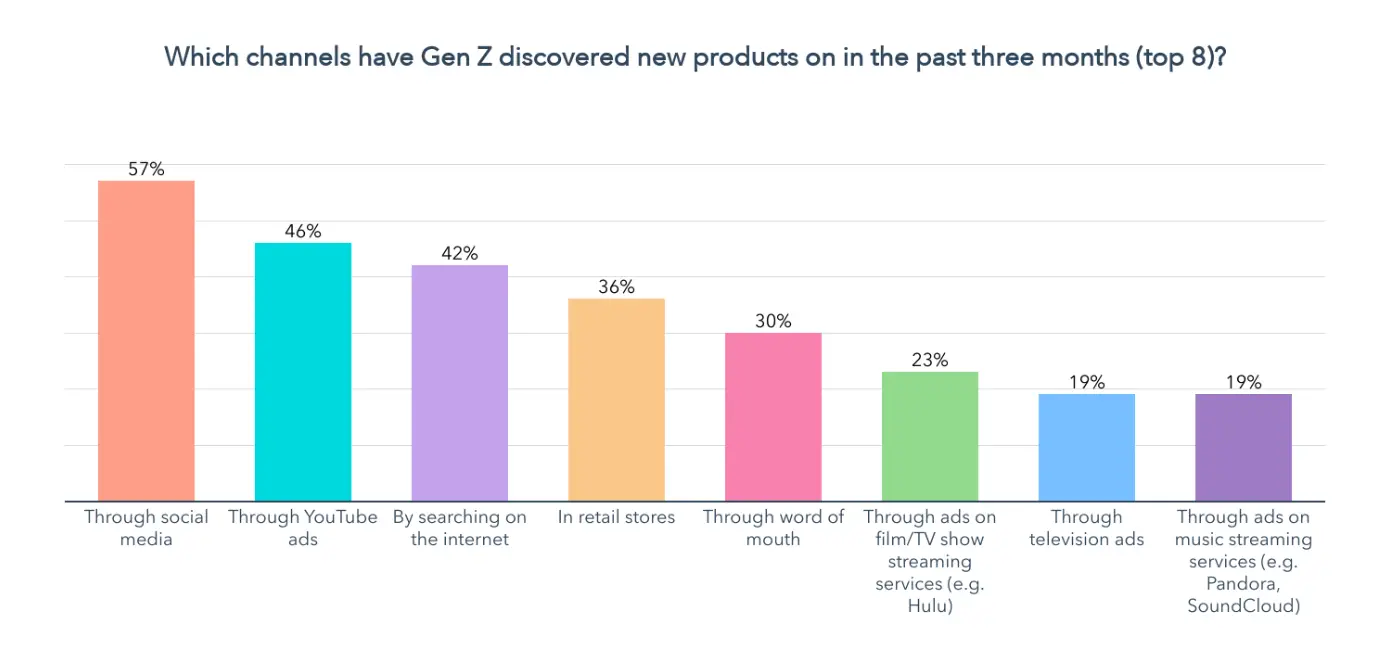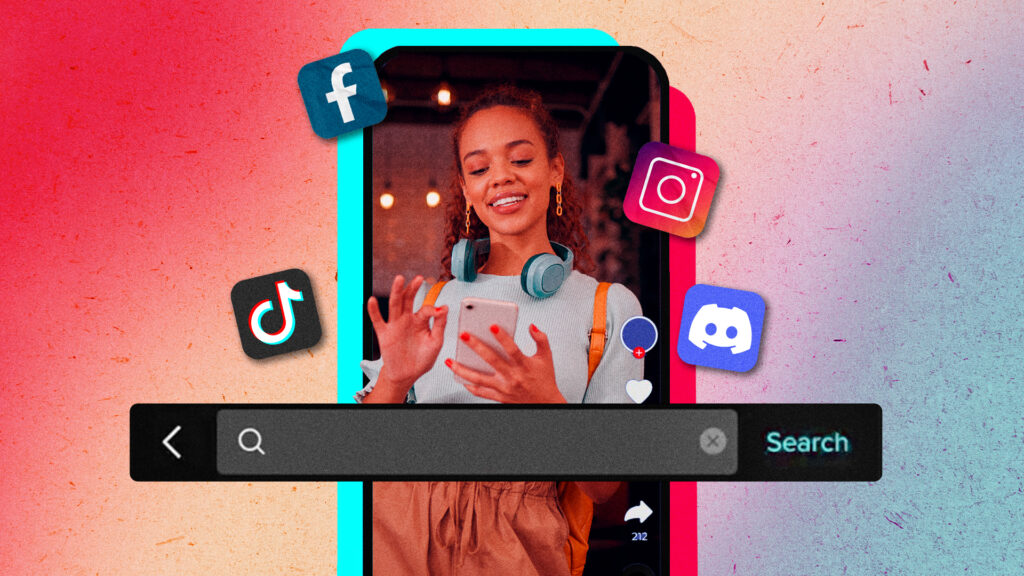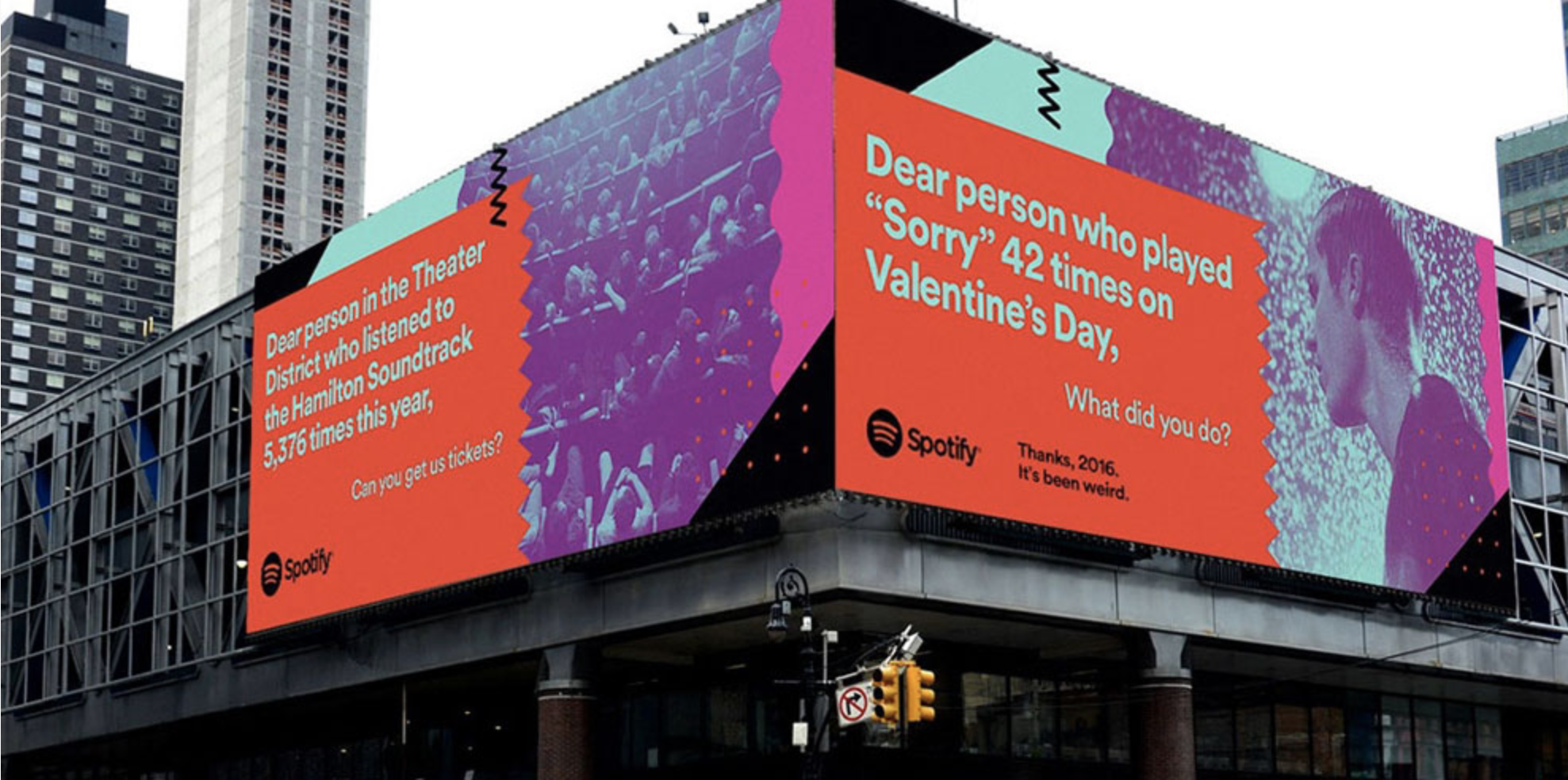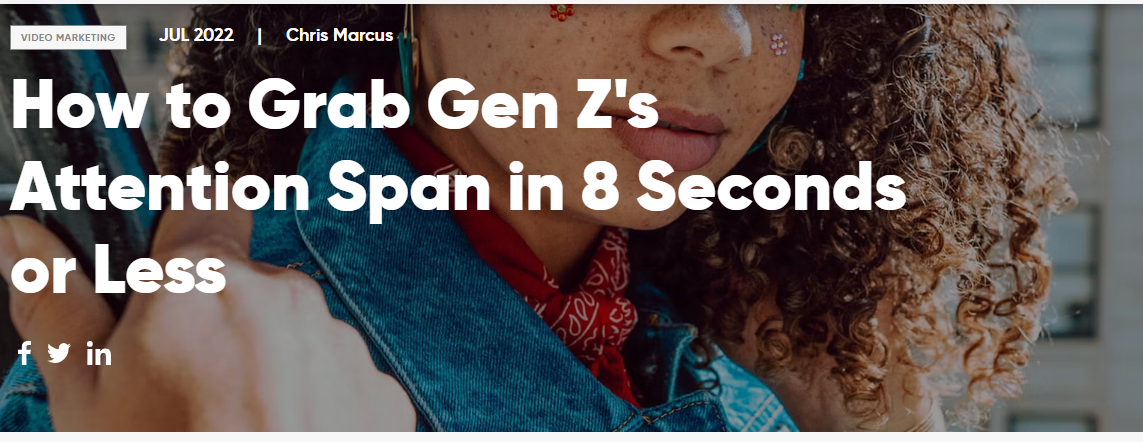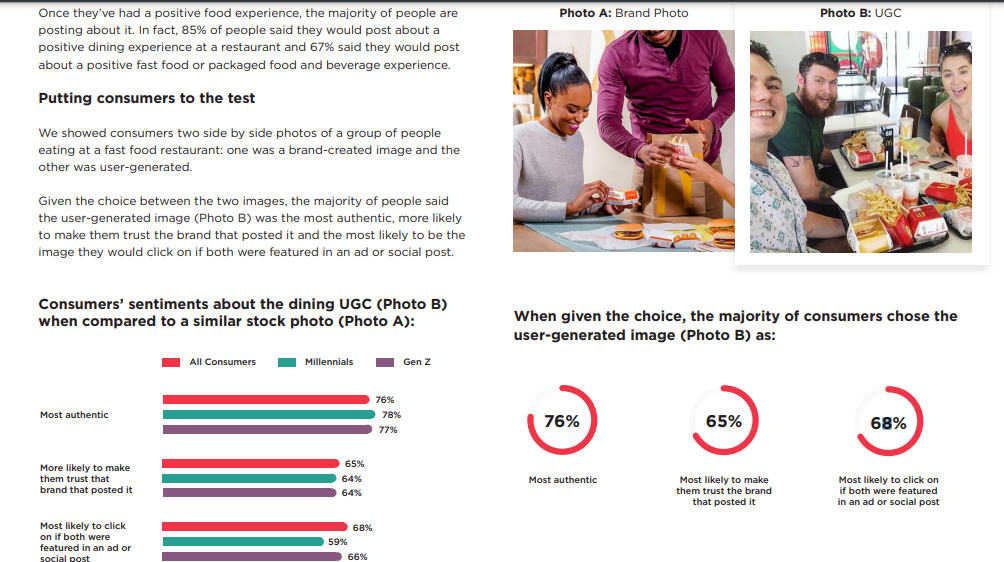Part
01
of four
Part
01
What are the new shopping trends of Gen Z consumers in the United States?
Introduction
Gen Z consumers mostly shop using alternative payment methods, including Apple Pay, the leading mobile payment app among the Gen Z generation, Cash App, and Venmo. They also expect more from brands through sustainability, authenticity, and transparency. This research explores new shopping trends among Gen Z consumers connected to social media in the United States. We have identified five trends, including the use of social shopping by Gen Z consumers and the interest in alternative payments. For each trend, we have described the trend.
An explanation of why it is a trend and examples of companies/thought leaders/industry experts discussing it. We curated the trends from different trend lists and provided the trends that appeared to have the most impact. Below are our findings and a rundown of our research strategy.
Social Shopping
- Social shopping is a product of social commerce which is the purchase of goods directly from social media pages such as TikTok and Instagram.
- Social commerce is rapidly growing within the United States, with over $36 billion in goods purchased through commercial social platforms.
- Gen Z, also called “digital natives,” is the first generation to be exposed to the internet, mobile systems, and social networks as part of daily life. This makes them tech-savvy, with most of their free time spent online.
- An estimated three out of four Gen Z’s are influenced by social media influencers such as Mr. Beast and PewDiePie on what products to buy.
- They rely heavily on user-generated videos on social media to help cut through the mass information offered on the internet. According to research by Google, 40% of Gen Z will first search social media platforms like Instagram and TikTok for somewhere to eat.
- Social media platforms provide User Generated Content(UGC) which, according to Gen Z, is more authentic than Brand Generated Content(BGC). A report by Stackla claims that UGC is 20% more likely to influence a purchase decision than BGC.
- Hyper-specific content on platforms such as TikTok and Instagram is used to seek answers and even find inspiration, with the two apps covering 60% of their shopping activities.
- According to Charles Nicholls, co-founder, and chief strategy officer at SimplicityDX, Gen Z begins shopping on social media sites but buys and checks out the items at official brand sites.
- Gen Z doesn’t want to read to find information making videos their go-to option for information and answers. Sifting through information in blue and black linking to the e-commerce website is boring for someone used to exciting and immersive social media designs.
- Bee Joyful is among the companies that have leveraged tiktok successfully. The company deals in selling reusable and eco-friendly products. Leveraging viral moments and specific TikTok trends increased their online sales by 300%.
Nostalgic For The 2000s
- This trend encompasses Gen Z’s longing for simpler times in a world where they are faced with a billion choices for any given decision.
- Gen Z yearns for pre-social media times, so social media platforms have revived trends such as Y2K.
- Similarly, in shopping, brands have found that Gen Z wants old products with a new focus on sustainability and social awareness, citing their nostalgia for earlier generations.
- Marketing companies realize the interplay between nostalgia and social responsibility involved in marketing for consumers, especially Gen Z’ers. A study by Talkwalker and Hubspot shows that there was an 88% increase in the use of nostalgia as a keyword on social media.
- According to Fast Company, the insurgence of nostalgia can be acclimated to the pandemic era.
- It is believed that at that time, Gen Z children were searching for a connection, shared experiences, and emotional connection during social isolation, and looking to the past satisfied that need to some extent.
- Forbes notes that Gen Z is nostalgic about the clothing trends of past generations, thus incorporating them into the modernity of today’s fashion.
- To show that nostalgia appeals to Gen Z, some luxury brands that print cartoon characters that Gen Z watched as children on T-shirts place very hefty prices on the clothes due to the demand.
- One company that embraces this nostalgic trend is CASETiFY, which released iPhone cases that resemble flip phones, Blackberries, and the original iPod.
Sustainable Shopping
- Sustainable shopping refers to a way of shopping that leads to lesser negative impacts on the environment, leading one to be mindful of the environmental and social impact of the products bought.
- A 2022 sustainability report showed that Gen Z has high expectations regarding sustainability.
- The report shows that about 67% of Gen Z prefer brands that appeal to their social conscience, 55% buy eco-friendly products, and 36% often buy products made from recycled materials.
- Further, according to Gen Z Insights, it is evident that sustainable shopping is a trend for Gen Z because research has found that the trend, which may change, polarizes students by either appealing to them entirely during their purchases or not.
- Gen Z prefers to make sustainability-first buying decisions compared to considering brand names when making purchases. Their numbers are also higher compared to other generations.
- Some companies that embrace the essence of sustainability to appeal to Gen Z consumers are such as Depop, ThredUp and RealReal, which sell sustainable second-hand clothes for the fast fashion attitude of Gen Z consumers
Interest In Alternative Payment Methods
- Alternative Payment Methods (APMs) are payment options that deter from the usual cash options and credit card systems.
- Gen Z's preferred alternative payment method is buying now pay later (BNPL), which allows them to pay in part rather than the total amount at once.
- The payment in installments through BNPL can be in three forms: during the shopping process, at checkout, or post-purchase through installment payments on their credit cards.
- The method of BNPL is found to have created consumer loyalty among Gen Z, with 65% of Gen Z BNPL customers being repeat clients.
- A report by Zest Money showed that BNPL use among Gen Z went up 232 percent in 2021.
- The use of APMs, particularly BNPL, is a trend because it is listed in the Global Payments and Payments Journal as one of the most preferred payment methods by Gen Zers.
- Some companies that embrace BNPL include such as PayPal, whose buy now, pay later option, dubbed PayPal Pay Later, aims to boost sales, expand their reach, and increase consumer loyalty.
Value Driven Shopping
- Gen Z consumers abide by a given number of values (four) with which they embed themselves when shopping and which help other people understand them amidst the myriad of trends surrounding the generation.
- The first value is making the most of the mundane, a value that enables them to view life through a cinematic lens.
- The second value is financial responsibility, which enables them to treat luxury as a feeling rather than a product.
- The third value is the community, primarily online, where Gen Z consumers with similar interests come together to create safe spaces.
- Finally, the fourth and final value is authenticity or individuality, which gives Gen Z the attitude of standing out rather than fitting in.
- Gen Z, who use values to make purchase decisions, translates to about 84% of 14-17-year-olds and 64% of 18-26-year-olds.
- Using value in a purchase is a trend because sites such as Hootsuite and The Business Download list are emerging trends among Gen Z consumers while shopping.
Research Strategy
For this research on new shopping trends among Gen Z consumers connected to social media in the United States, we curated the trends from different trend lists. We provided those mentioned in news and media articles and press release websites such as Forbes, Businesswire, and The Drum. We also leveraged authoritative industry reports and reputable surveys from UniDays, Mckinsey and Company, and Stackla. The research team has identified five trends, including the use of social shopping by gen z consumers and the interest in alternative payments. For each trend, we have described the trend. We have also explained why it is a trend and examples of companies/thought leaders/industry experts discussing it. All requested information has been provided in the research brief above.
